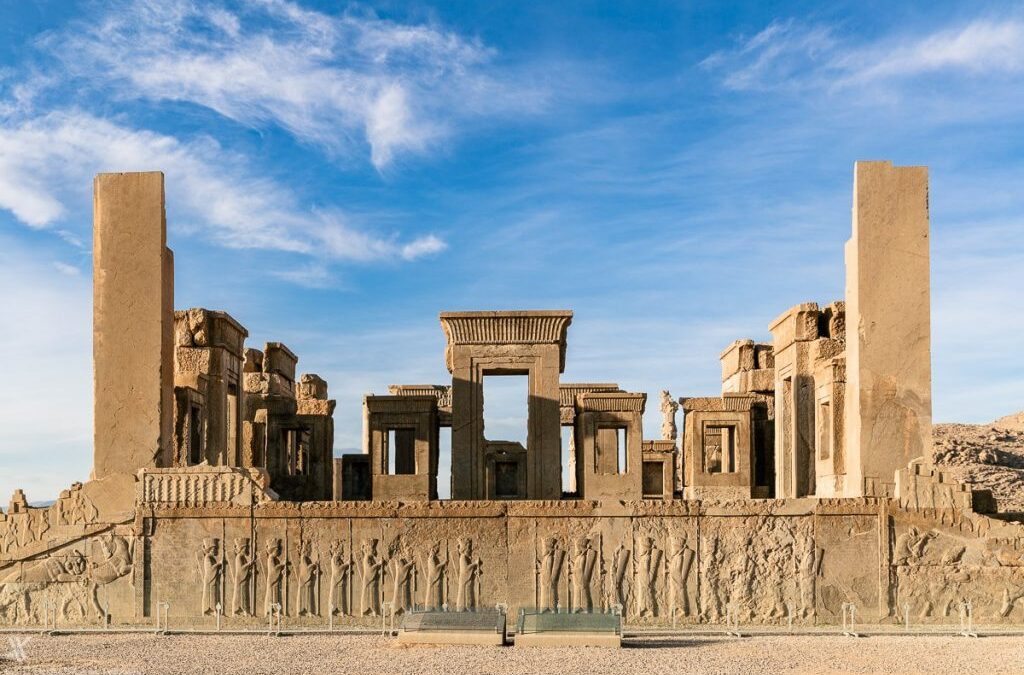Surrounded by the Gulf of Oman, Persian Gulf, and Caspian Sea, Iran is a Middle Eastern country with an estimated population of 86.8 million, up from 65.6 million in 2000. In recent years the country has constructed impressive buildings with modern architectural designs—Mosah House, the Kahrizak residential building, and Sharifi Ha House in Tehran, to xname a few. However, Iran is still considered a developing nation.
Iran has initiated 11 national development plans with the intent of building infrastructure and establishing key industries since the 1940s. Unfortunately, many of these have failed to meet their targets due to military conflicts, political unrest during the early 1980s, and a lack of financial support from advanced economies.
Despite its relative lack of modern architecture, Iran is home to some of the oldest and most culturally important buildings in the region. It has been settled for more than 5,000 years and was once the cultural capital of the Persian Empire, which spanned from Greece to China. As such, Iran is home to 20 UNESCO World Heritage Sites and other culturally important structures, including the four below.
1. Choga Zanbil
Deemed a UNESCO World Heritage Site in 1979, the Choga Zanbil in southwestern Iran is a millennia-old ruined complex that includes three palaces, 13 temples, and the largest ziggurat (pyramid stepped temple tower built with mud and baked brick) in Iran. The square base of conserved ziggurat is 344 feet long on each side and composed mostly of brick and cement. It is now about 80 feet tall, which is believed to be about half of its height when it was constructed during the Middle Elamite period (c. 1500–c. 1000 BCE) at the request of the Elamite ruler Untash-Gal.
Only four of the 13 temple buildings are conserved, and all are covered by irregularly shaped walls spanning 3,900 by 2,600 feet. The complex, dedicated to Inshushinak, the bull-god of Susa, was under construction for hundreds of years and fell into ruin after it was attacked by Assyrian king Ashurbanipal’s forces in 640 BCE.
2. Takht-e Jamshid
Takht-e Jamshid, which loosely translates to “The Persian City” in English, is an ornate complex originally built in 518 BCE by Darius the Great and later expanded upon by his son Xerexes. The site served as the capital of the Achaemenid Empire for about 200 years and was a particularly important facility during Norouz (Iranian New Year Festival).
There are four different sections of Takht-e Jamshid: the treasury, the reception halls, military quarters, and houses for the King. The most impressive palace in the complex is the Apadana Palace, which is still used today for official audiences. Located on the western side of the complex, it features a grand hall with 13 columns adorned with two-headed lions, eagles, cows, and human sculptures. The Great Stairways is another attraction that includes 111 majestic 23-foot-wide steps built to allow nobles to ascend the complex by horseback.
Alexander the Great directed his army to attack Takht-e Jamshid in 330 BCE. Many historians believe his army burned the monument as a form of revenge against the Persians.
3. Golestan Palace
A lavish walled palace that combines Persian architecture with Western influences, Golestan Palace is situated in the historic core of Tehran. Although it was originally built during the Safavid dynasty (1501-1736 CE), most of its defining characteristics were added during the 19th century. This is when it was selected to serve as the royal residence of the Qajar ruling family. Today, it features eight palace structures that are primarily used as museums as well as several beautiful gardens—Golestan means “flower garden.”
UNESCO named it a World Heritage Site in 2013 based on three criteria, including its importance to modern Iranian architects: “The complex of Golestan Palace represents an important example of the merging of Persian arts and architecture with European styles and motifs and the adaptation of European building technologies, such as the use of cast iron for load bearing, in Persia. As such Golestan Palace can be considered an exceptional example of an east-west synthesis in monumental arts, architectural layout and building technology.”
4. The Bam Citadel
The Bam Citadel is one of the most culturally and historically important places in Iran; it is also the world’s largest brick-made building. Located about 200 kilometers south of Kerman in southeastern Iran, the ruined city of Bam, developed during the Sasanian period (224-637 CE), is accentuated by the citadel at its peak. The entire complex, however, is often referred to as the Bam Citadel. The almost 2 million square-foot complex features 22-foot-high walls that extend 6000 feet around the city.
The complex is separated into two distinct sections, one of which was inhabited by Iranian rulers and featured castles, a barrack, and other buildings. Most of the surviving structures were built during the Safavid period, although some were built more than 1,000 years ago.

